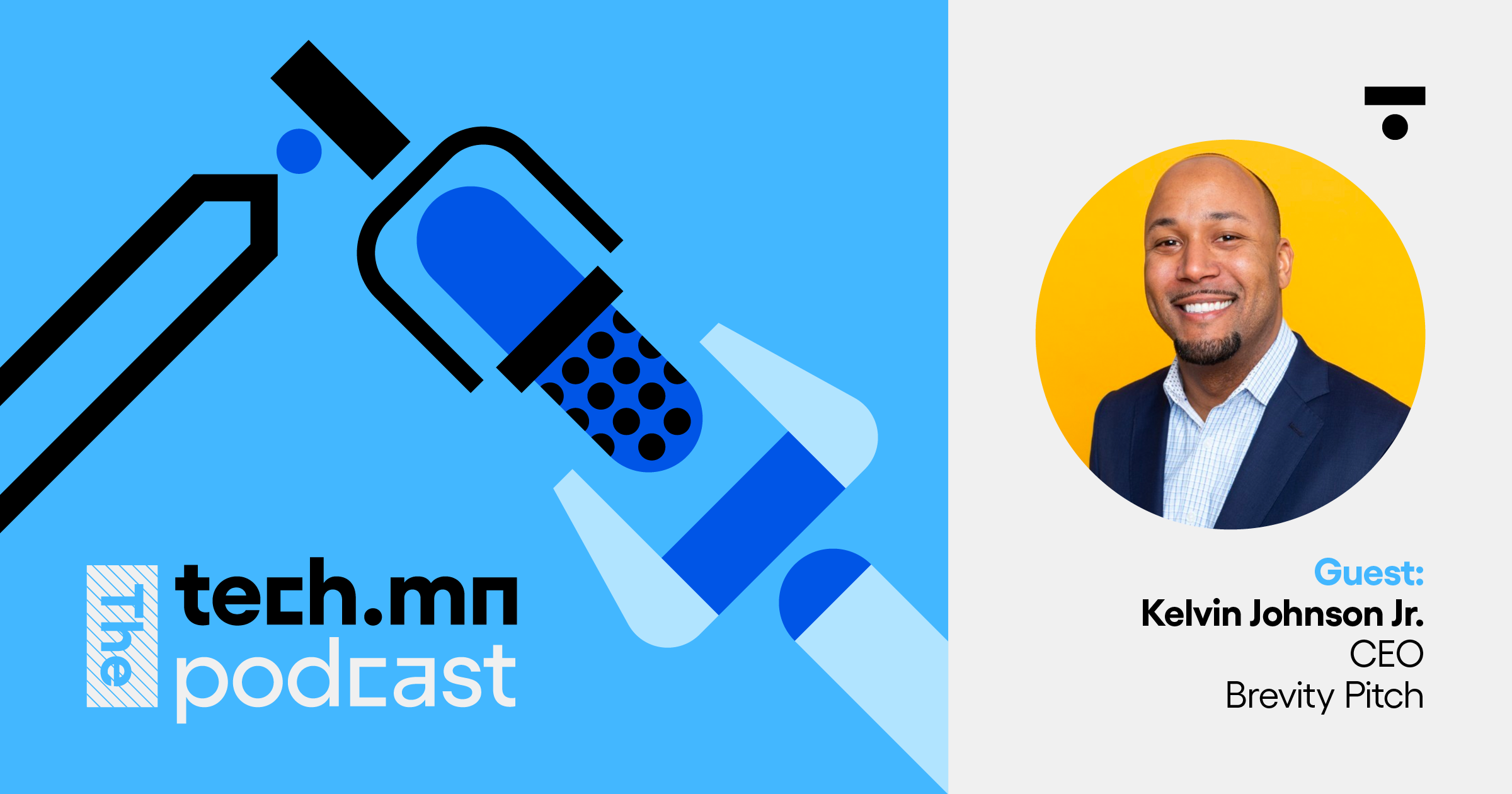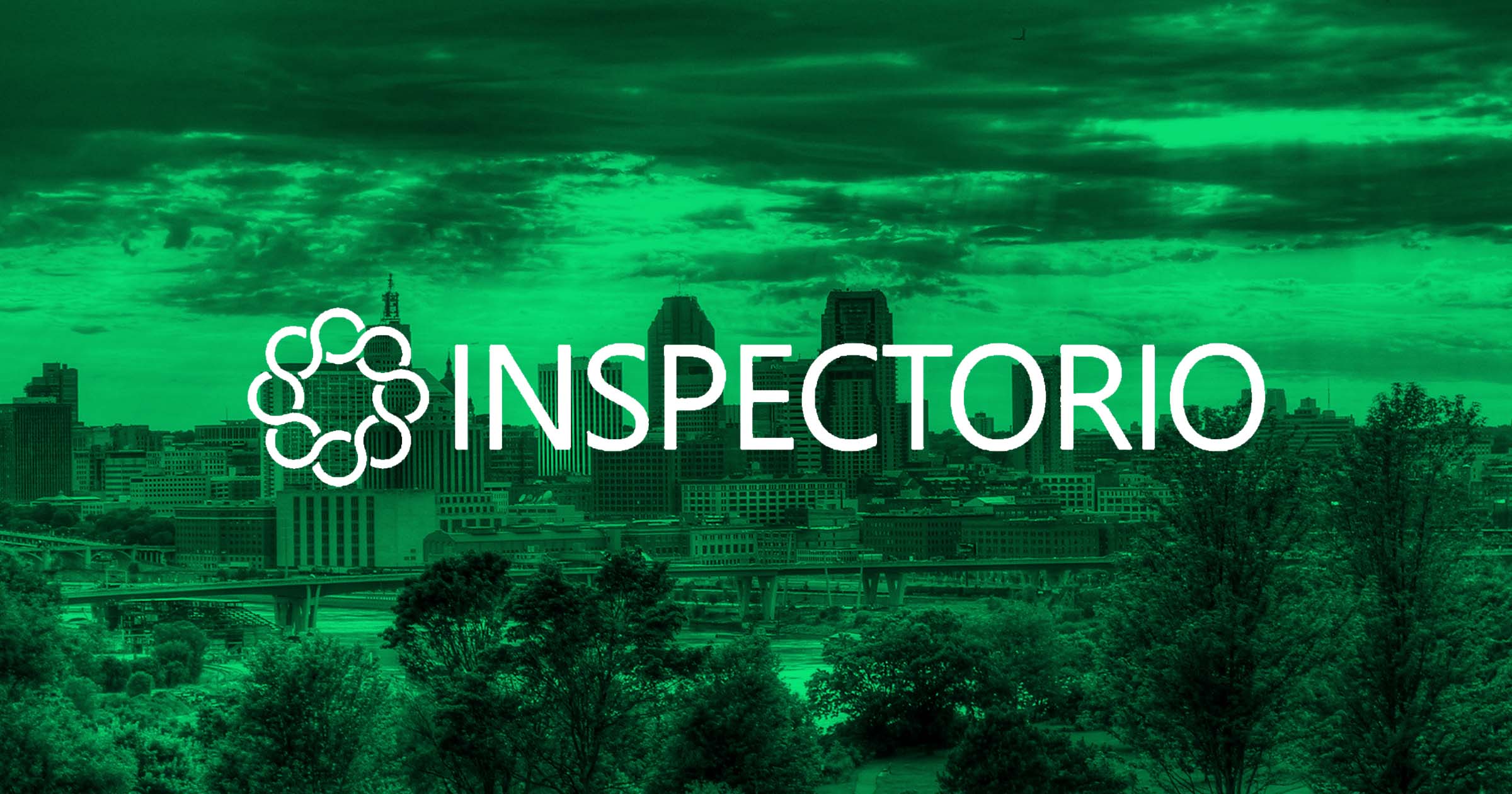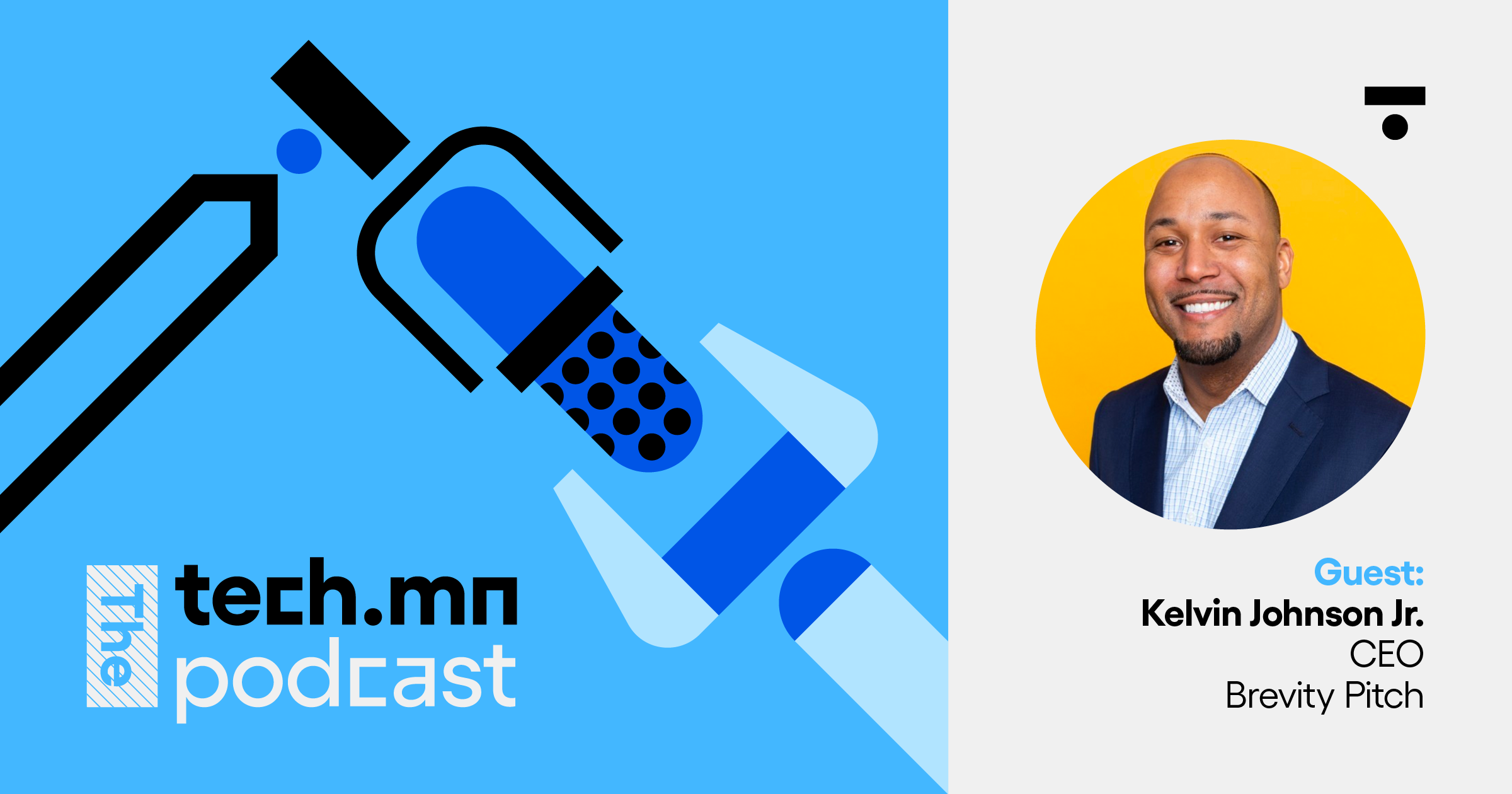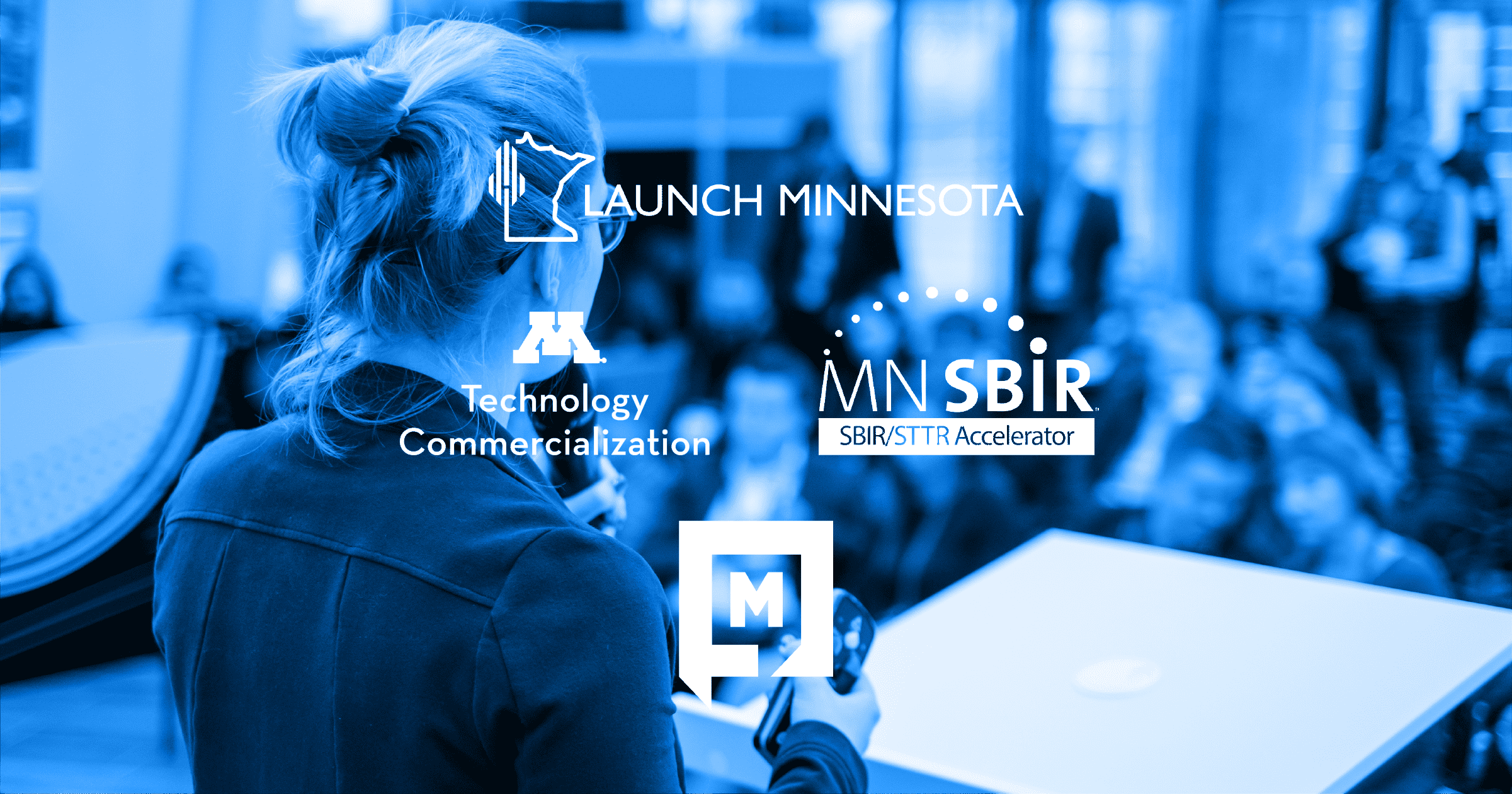How do you find the soul of a pitch? Can you “teach” charisma? Is it impressive when a 6’8″ person dunks a basketball? All of these questions (and more!) are answered by Brevity Pitch CEO Kelvin Johnson in this clip of The tech.mn Podcast episode “Finding Perfect Pitch With Kelvin Johnson Jr. of Brevity Pitch.”
Listen below, and be sure to share the episode!
Find this podcast episode on
Alex Skjong 00:00
You talked about sales being the “dark side,” and I’m sure there’s some tongue in cheek there. But what’s the difference between storytelling and pitching and selling? Before we dive into Brevity and how it works, I just want to kind of get a kind top level about pitches and and storytelling. When you’re pitching, in my view, there is a lot of salesmanship going on there. And to be blunt, I think sometimes there can be a little disingenuous salesmanship going on there where you have to kind of stretch and bend and really kind of get people to buy in and drink the Kool Aid for the lack of a better term. What do you think the difference is between storytelling and pitching and selling something?
Kelvin Johnson 00:50
It’s a great question. I come from a place where [the key principles are] authenticity, words matter, and information is most critical in all three of those different scenarios. And with Brevity, what we encourage is there’s different aspects to presentations in presenting. Not everybody has charisma; not everybody has different voice inflections. Our hypothesis of Brevity is really around [the idea that] words matter, and information is power. And the more quickly and concisely you can convey that information to quickly get someone to comprehend it… I don’t see a large difference between the three that you just mentioned.
What I will highlight is that when you infuse storytelling into [pitching and selling], people need sometimes vivid imagery, examples, and proof to determine their next steps. And when you can convey your pitch as a story, it just helps register a lot quicker for people to understand. It’s no different than the concept of what’s called a schema. A schema is something where you know someone has an earlier reference point, and you can use that schema to accelerate their comprehension. Like when people say, “The Uber for XYZ.” Which is kind of kind of cliché at certain point, but even for Brevity, we’ve highlighted — we don’t use it as much — but essentially “the Grammarly for business pitches.” But that only works if you know that that audience more likely to know what Grammarly is.
Alex Skjong 02:51
Gotcha. Now, one thing I want to touch on here is that you said not everybody has kind of a natural charisma or different inflections in their voice. Do you think that’s something that can be taught? Or is that an inherent skill when it comes to storytelling and pitching?
Kelvin Johnson 03:12
That’s a great question. I think that everybody can improve. I think there are certain natural gifts… I think everybody starts at a certain place and they can improve, but it’s like, pick your poison, and lean into the strengths that you already do have.
But to answer your question directly, I think there’s always room to improve. But my passion growing up was playing basketball. I thought I’d be in the NBA right now. But, I’m 5’ 11” and three fourths, right? I worked a lot on my jump shot. I got incrementally better. I think people can make incremental improvements, but drastic leaps? I think it’s pretty difficult.
Alex Skjong 04:07
Yeah, for sure. I’m 6’8”, but I’m super clumsy and terrible. So…
Kelvin Johnson 04:13
Can you dunk?
Alex Skjong 04:14
Well, yes, but it’s not impressive when you’re 6’8”.
Kelvin Johnson 04:19
But you still have to admit — dunking a basketball is a very riveting feeling.
Alex Skjong 04:25
It is an amazing feeling. If I could just jump higher than two and a half inches, I think I would do be even more riveting.
But we’re talking about storytelling. We’re talking about pitching. We’re getting into the kind of the core of those two things. And we’re kind of dancing around the main event here which is Brevity. You kind of mentioned the origins of Brevity, but talk us through how Brevity works. Say I’m a founder who just signed up. What do I go through to get my pitch created, and how does Brevity help me do it?
Kelvin Johnson 05:25
I’ll walk you quickly through the timeline and transition into where we are now. So, we started in September 2020. We launched our minimum viable product in 2020. The basics of what we completed with 2021 is really helping entrepreneurs conveyed value under a time constraint. So, where our product was most utilized last year was pitch competitions. We work closely with Founders Live Minneapolis. They have a 99 second pitch requirement, which is not easy.

The Brevity Pitch team.
So, the way it works is you go into the platform, you type your pitch goal, audience, and duration — how much time do you have to convey value? So, at that inflection point, our software then recommends the number of statements and slides to keep your pitch on pace in on time. And that timing logic we built is very, very accurate. Shout out to Richard and Chelsea, my two co-founders. But the other essential part about Brevity is we’ve trademarked a pitch framework called S.O.U.L. The best pitches and presentations have soul not only from an emotional perspective, but what are those core concepts that your audience must know? So, the S stands for “state the target audience and problem,” the O speaks to “outlining how and why your solution works,” the U is about “uncovering that proof and potential,” and the L is about “listing capabilities and needs.” So, you have the precise number of statements and slides in that S.O.U.L. framework. And what we found is that story structure and framework helps increase the chances of being understood because people need to understand your concept first, and then drill down from there.
Step one is entering pitch goal, audience, duration, working through writing out your pitch script in our S.O.U.L. framework. And then from there, there are two feedback options. Right now, there’s pitch intelligence. And if you think of the word Brevity, the definition is really clarity and concision combined into one word. So, we give you high level scores to improve your clarity and concision. And that’s based off of all of the various pitches we’ve tagged on in our database. And then we have a peer feedback system where you can seamlessly share your pitch with as many trusted colleagues as possible. They can provide feedback in the Brevity platform without signing up for an account. And then from there, it’s getting your story script on the right number of slides in that S.O.U.L. pitch framework.
Alex Skjong 08:32
I just want to make sure I’m understanding it correctly. The system or provides kind of the skeleton for the pitch — the framework for the pitch — rather than the pitch and the story itself.
Kelvin Johnson 08:45
Correct. And what we’re what we’re implementing within the next month, is an examples library. Some people may get writer’s block. I call it pitch block. You’ll be able to filter by industry, the pitch duration, and the success they received from the pitch. So, if you’re a consumer products company, and you want to see how other consumer products companies are pitching their business that have raised Series A capital or seed funding, you’ll be able to access those pitch transcripts to see if there’s something that you may be able to emulate from their message that ties to yours.






